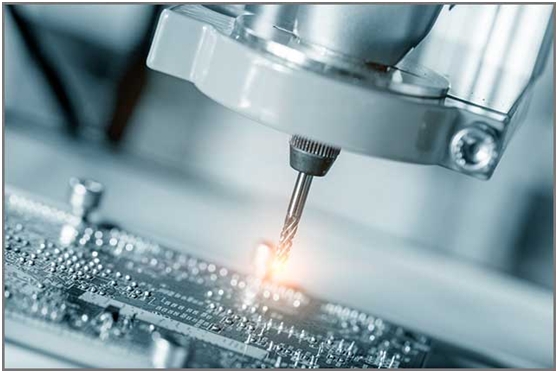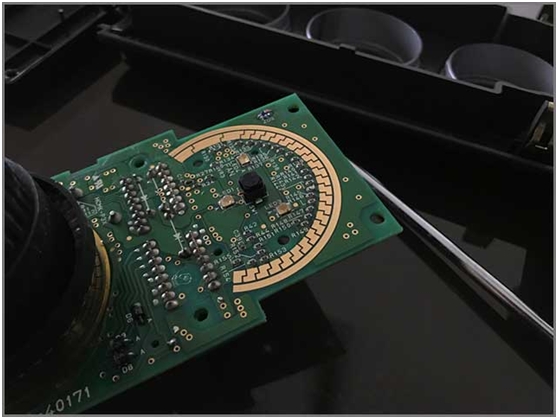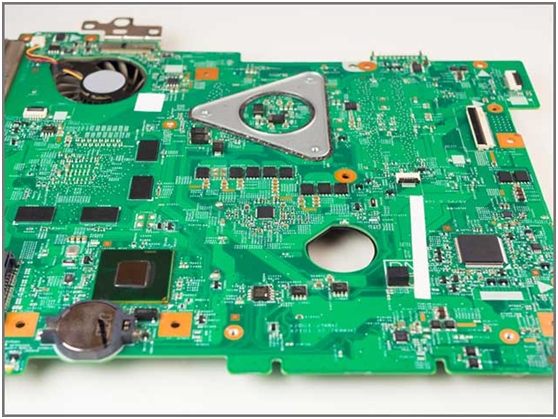When working with an HDI board or even a conventional PCB (Printed Circuit Board), they are holes that need to be screwed shut. These holes include an open hole, a countersunk hole, a blind hole, and a counterbore hole. Often, we tend to confuse a countersink for a counterbore and vice versa. It is why we need to understand the working principles of each of them entirely.
The countersink and counterbore are holes which both require different types of specific fixtures. They are so different that it is hazardous to use one in place of the other due to ignorance. Therefore, to understand the difference between the two holes, the similarities and purposes are significant, then let us learn how to effectively fix the PCB without having to worry about falling off or loosening the accessories.
Among the key subjects on Countersink and Counterbore include:
1.Countersink VS Counterbore:
This section provides a brief overview of the definition of countersunk and countersunk, as well as Similarities and Differences Between Them.
2.Countersunk hole VS countersunk hole symbol:
This section details the difference between the countersink symbol and the countersink symbol, and the effect.
3.Countersink VS Counterbore Drill Bits:
This section focuses on tools and precautions that describe countersunk and counterbore.

4. When to Use Countersink and Counterbore in PCB:
This section provides an in-depth overview of the countersunk and countersink selection criteria: If you need to install the PCB more safely choose the countersunk head hole. If you want to save space, choose a countersunk hole.

5.Countersink VS Counterbore PCB Applications:
Usually, a printed circuit board is mounted via a screw in a hole. If you need a more evident fixture appearance and a safer installation, then either a countersink or a counterbore hole can be used.
This drilling process is often done by hand through automated equipment. Drill a counterbore when using a grub screw; the hole creates a perfect foundation for the screw to overlap and fit perfectly into the hole.
What are They Used for?
A countersunk hole in a PCB creates room for a clean installation and is ideal for tight-fitting applications in small devices. PCB countersink applications found in mobile phones and other small wearable device.
A counterbore offers a cylindrical fit to the screw. It is flat bottomed and is cut to allow a socket cap screw to be used. This hexagon socket screw has a hex head and needs to be mounted safely on the PCB. It can be found in washers and other electronic devices that require tight and secure fittings.

6.Countersink VS Counterbore Dimensioning Techniques:
This section details the definition of dimensioning techniques and how to determine the dimensions of countersunk and counterbore. Finally, the focus of this article is to let you understand the difference between the counterbore and the counterbore, their corresponding similarities.OurPCB makes sure you get a high-quality product. If you have any needs or questions, feel free to contact us. There is a lot of knowledge about PCB on the website to help you know more.
Cloom is a daughter company of OurPCB Co. Ltd. and one amongst the excellent wire harness service companies, covering Electronics wiring harness, Power cable, Signal wiring harness, Automobile wiring harness. Its covers include the value-added business of Wire harness production, assembling, custom design and most efficient delivery route.

